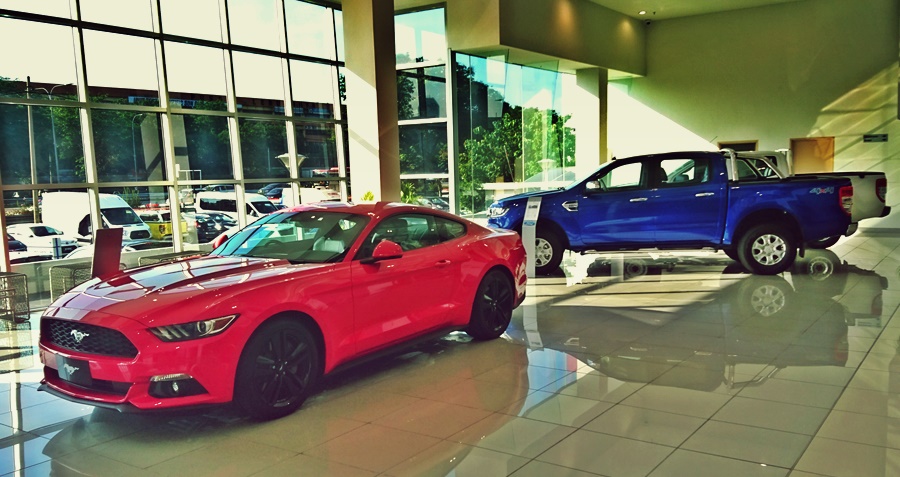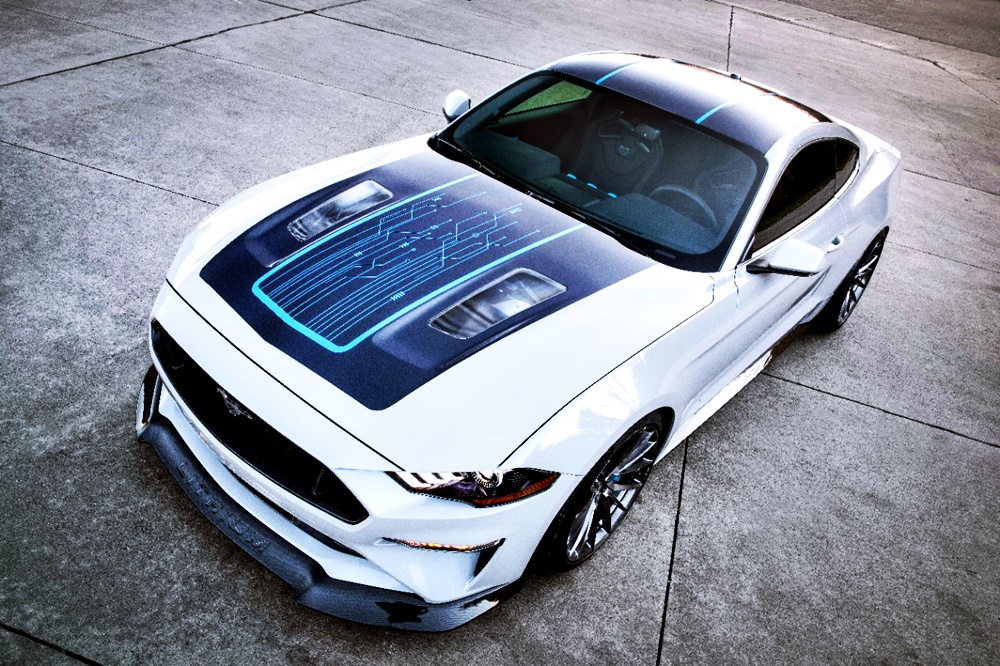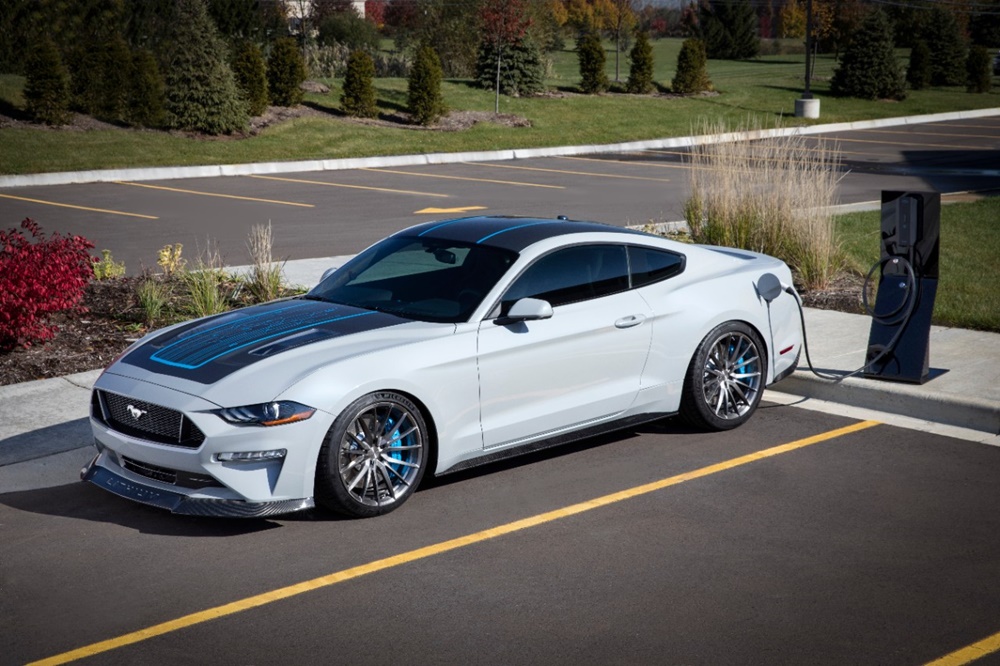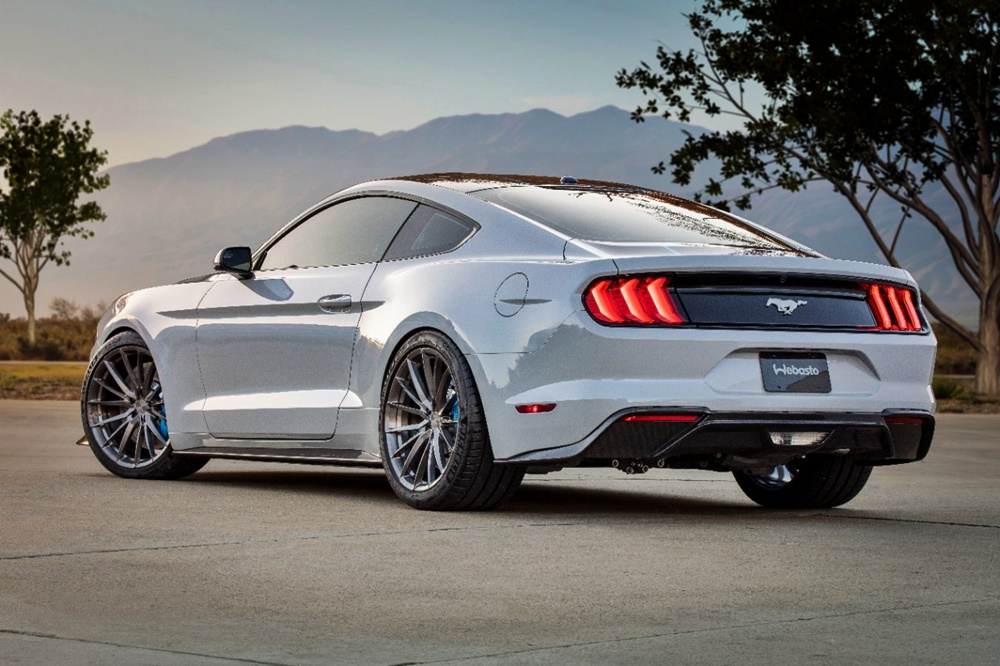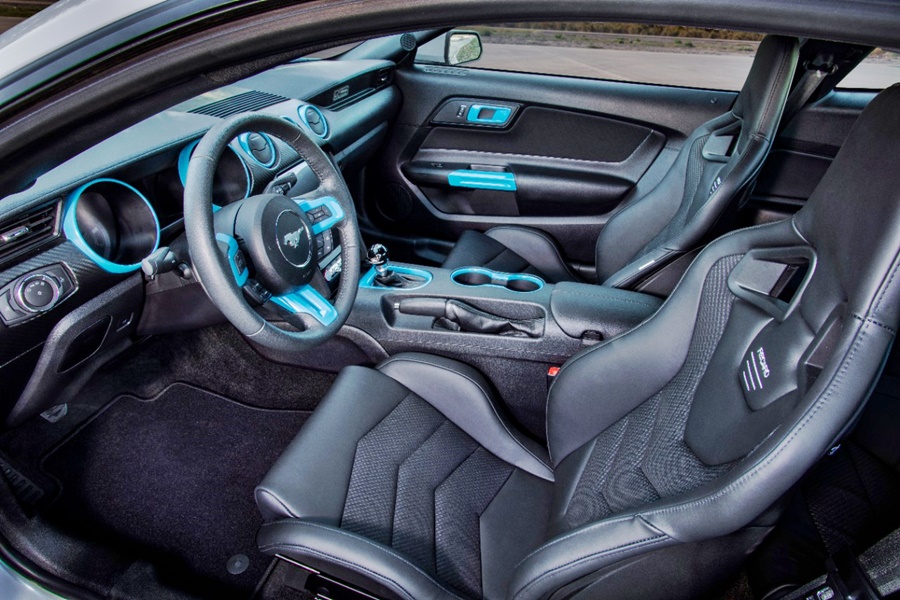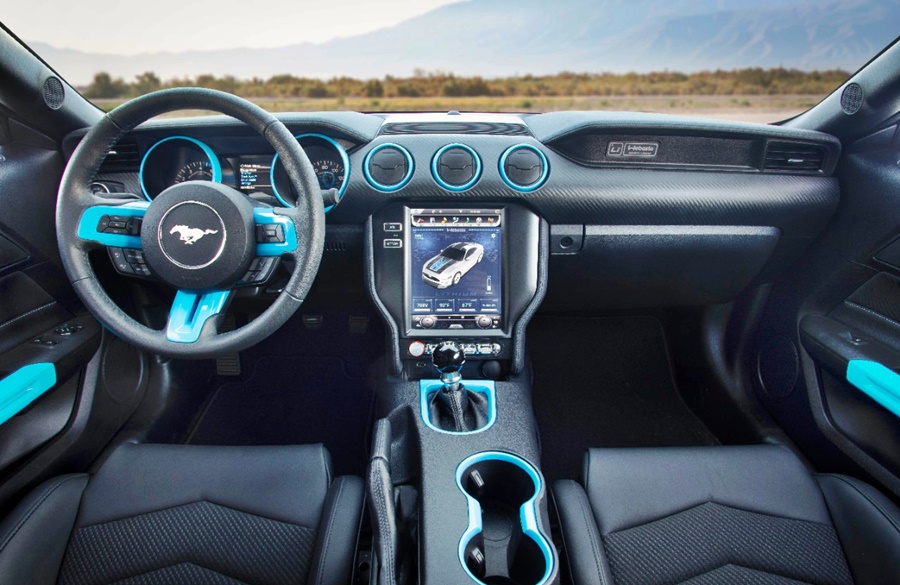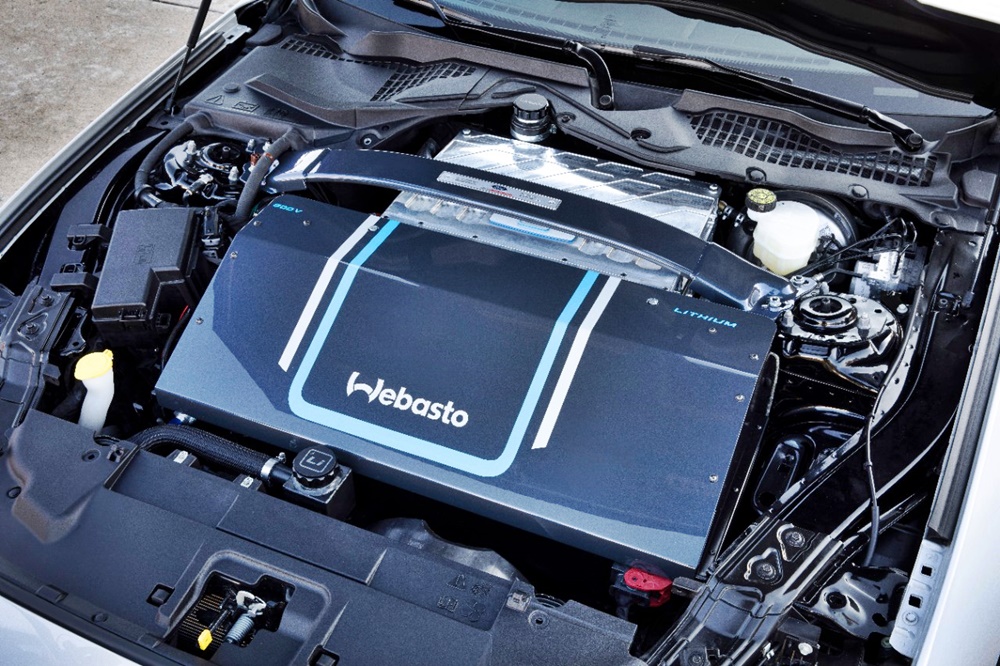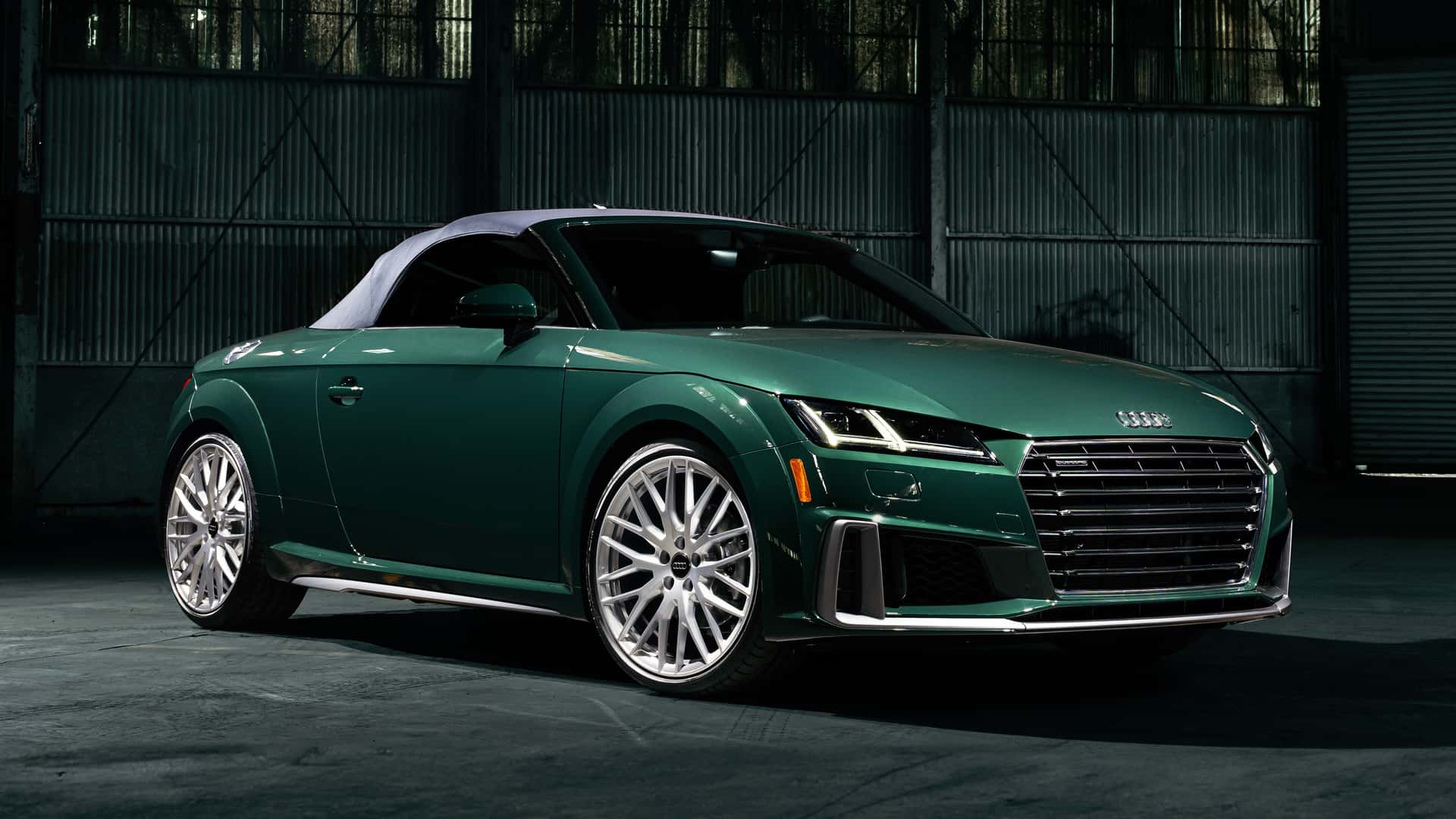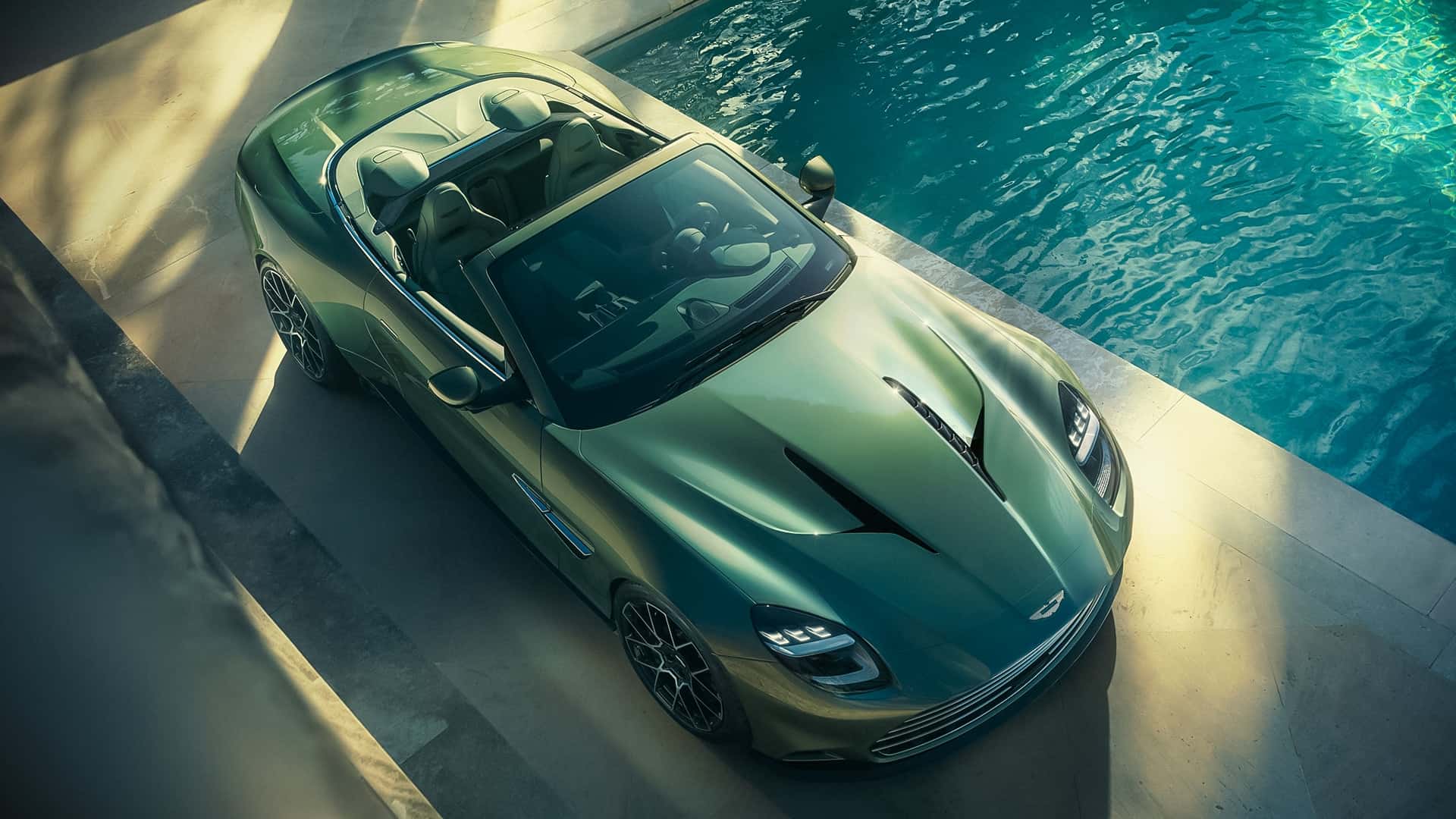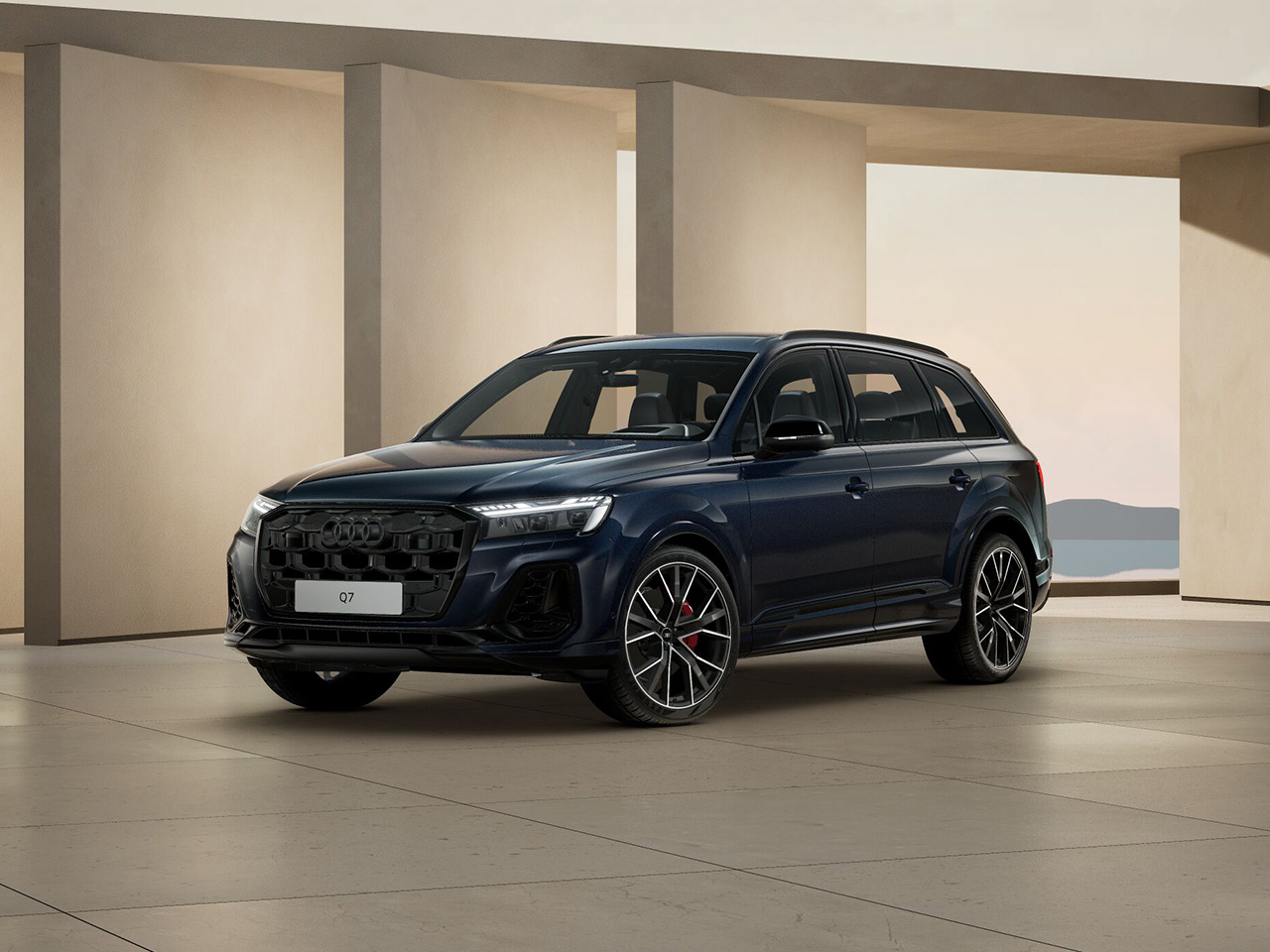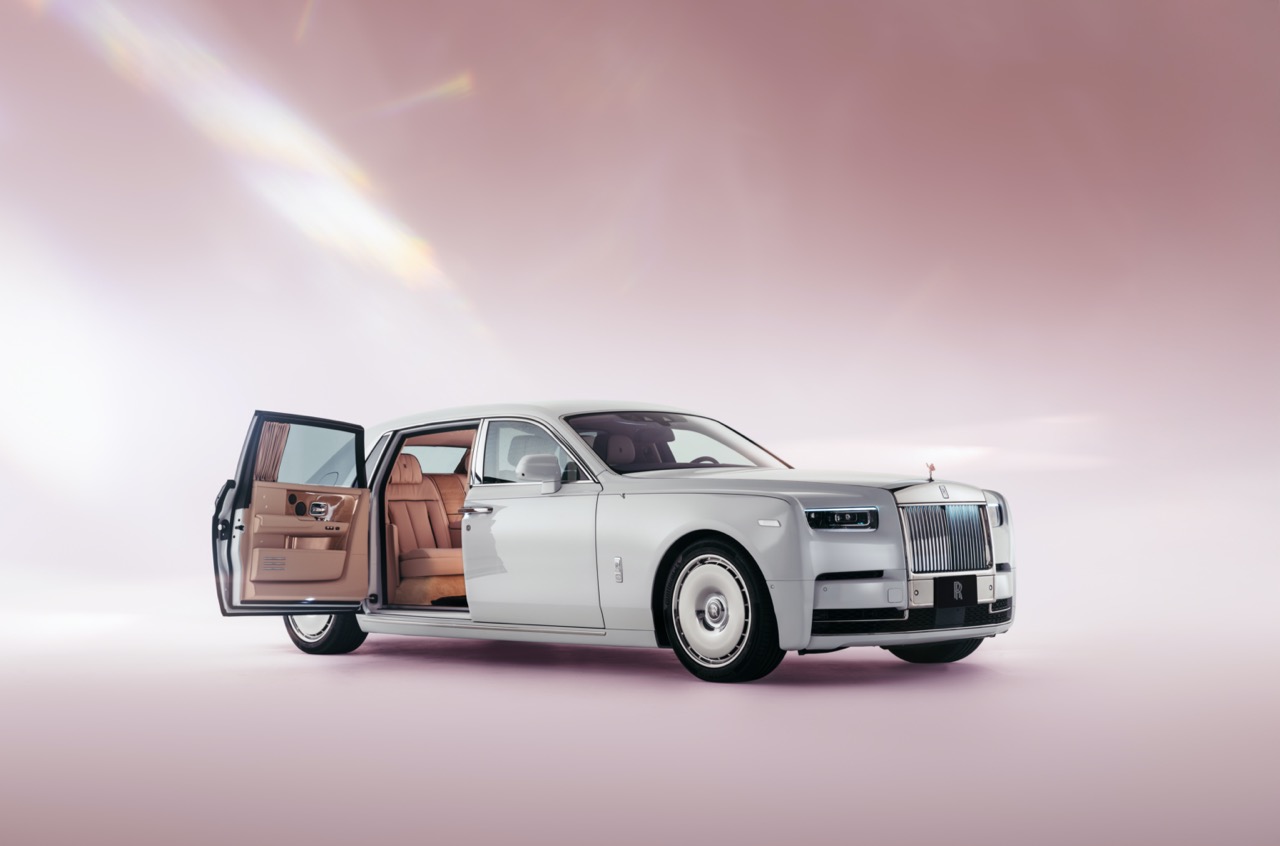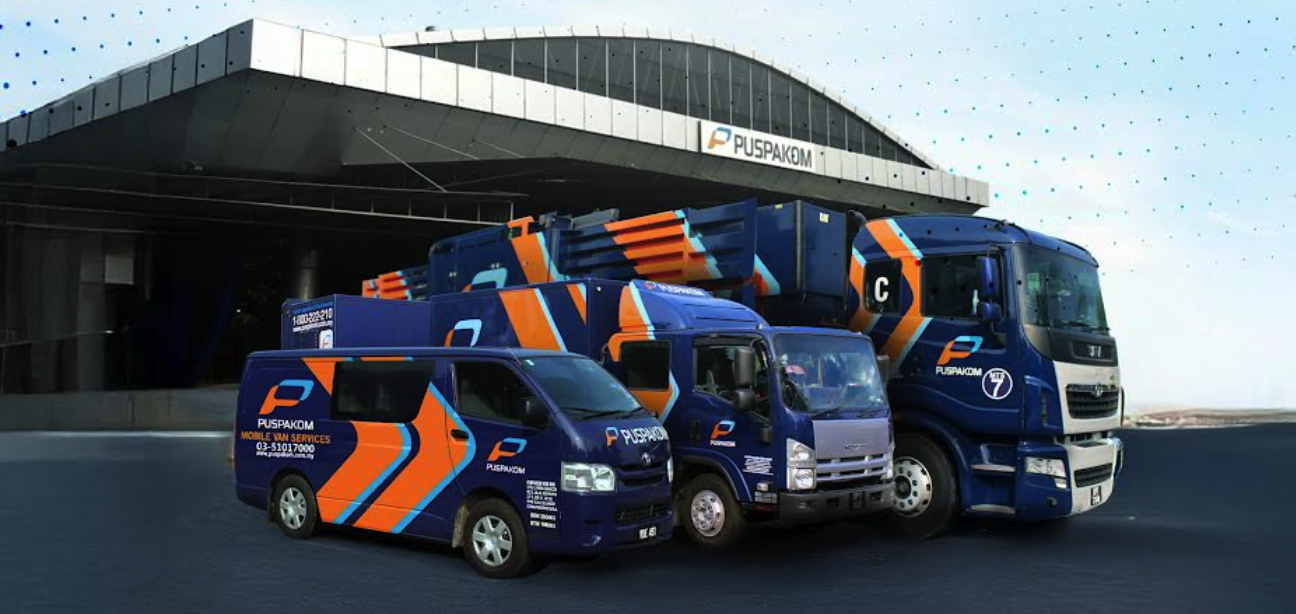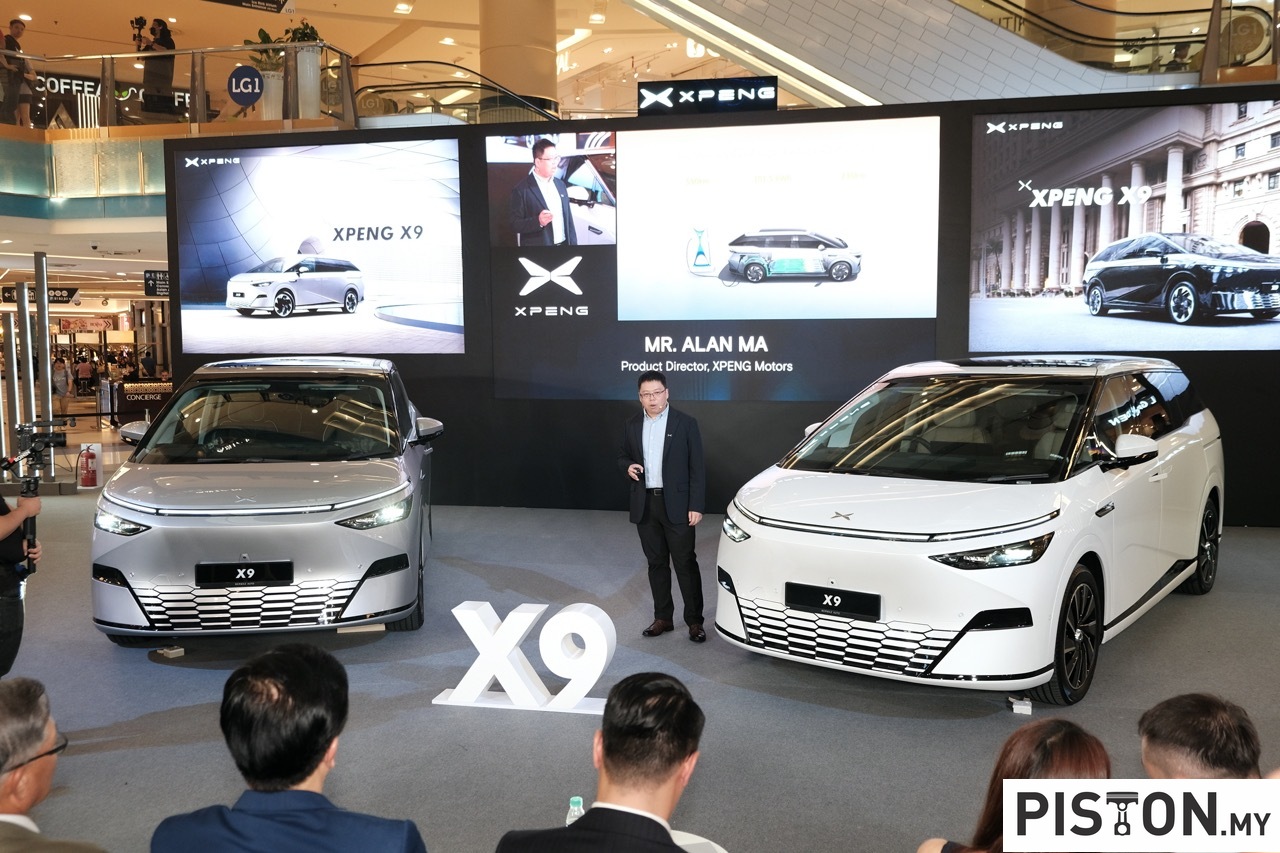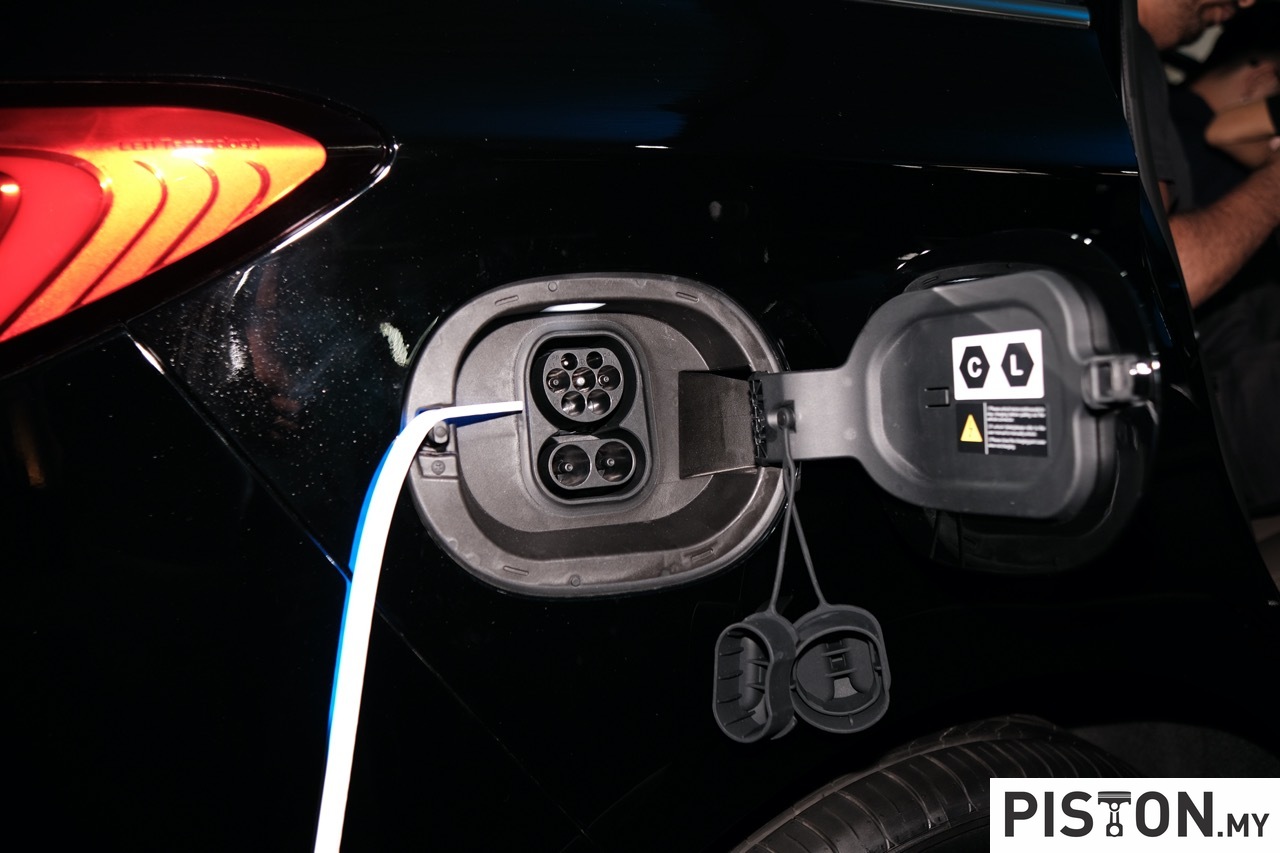It used to be when the talk was of electric vehicles, the perception was that such vehicles would be slow and boring to drive. Apart from some exotic prototypes, most were small and with battery technology being what it was, they couldn’t go very fast or very far. But that’s been changing quickly as carmakers realize that their survival requires ‘electrification’ of their vehicles to meet tighter emission and fuel consumption regulations.
In order to persuade motorists to switch over, they need to develop electric vehicles (EVs) which can offer comparable performance and space as today’s cars with internal combustion engines. Hybrids have been a good transition but ultimately, the aim is to go fully electric when costs can be lowered enough.
Meanwhile, for those who worry that high performance as we know it today will be gone, Ford and Webasto have revealed the Mustang Lithium, an ultra-high-performance battery electric Mustang fastback prototype. With more than 1,356 Nm of torque and more than 900 bhp instantaneously available, this Mustang ups musclecar performance to a new level.
The Mustang Lithium is not only a one-off prototype to showcase electrification on the world’s best-selling sportscar but also a testbed for battery and thermal management technologies Webasto and Ford are creating for the growing e-mobility automotive segment.
“Ford has made no secret of the fact that we are electrifying our most popular nameplates,” said Hau Thai-Tang, Ford’s Chief Product Development and Purchasing Officer. “This one-off Mustang prototype is a great opportunity for us, together with Webasto, to showcase to our customers what a new electrified powertrain can do for performance in a car they already know and love.”
The low and sleek Mustang Lithium is not merely a production Mustang with the powertrain substituted by electric motors. It has custom carbonfibre body components, Brembo 6-piston front brakes from the Shelby GT350R, Sankuer Composite Technologies side splitters and rear diffuser, plus a Webasto bonnet with see-through polycarbonate windows. It is also fitted with Ford Performance’s Track Handling Pack and strut tower brace.
A Phi-Power dual-core electric motor and dual power inverters – all powered by an 800-volt Webasto battery system with EVDrive Technology – can discharge a mega-watt of electrical energy. At 800 volts, that’s twice the voltage of most electric cars on the road today. This allows the system to be lighter, more powerful and generate less heat, and more electric force than most battery-electric systems on the road today.
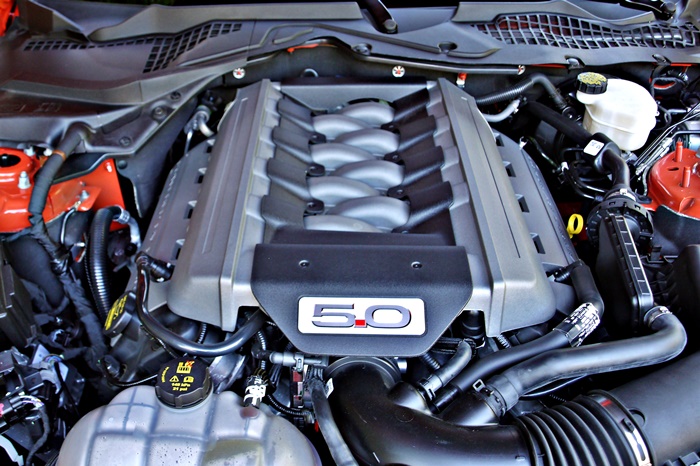
In a unique twist, the Mustang Lithium features a manual transmission and uses a dragstrip-proven Calimer-version of the Getrag MT82 6-speed transmission with billet internals to handle the huge amount of torque delivered along the driveline. To enable the driver to use all that torque optimally, there is a unique set of drive modes that apply a controlled amount of torque for different driving scenarios: Valet, Sport, Track and Beast.
Ford Performance half-shafts and a Super 8.8 Torsen differential help supply power to the road via lightweight Forgeline wheels wearing Michelin Pilot Sport 4S tyres.
“Very similar to Ford’s push for vehicle electrification, this is an innovative way to further the technologies we’re developing to enable vehicle electrification while creating a vision of how cool the future of electric performance will be,” said Mark Denny, Webasto Customized Solutions North America President and CEO.
Webasto, which has a 100-year history, is among the top 100 suppliers to the automotive worldwide. While its core business areas are sunroofs and panorama roofs, convertible roofs and parking heaters, they have also diversified into electric heating systems, charging solutions and battery systems we are also addressing the growth market of electromobility.
